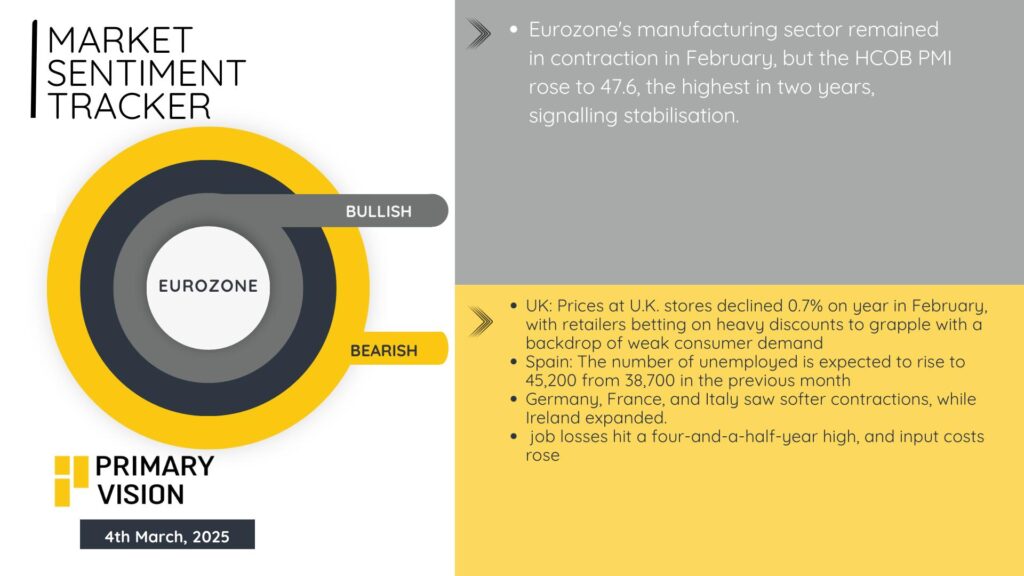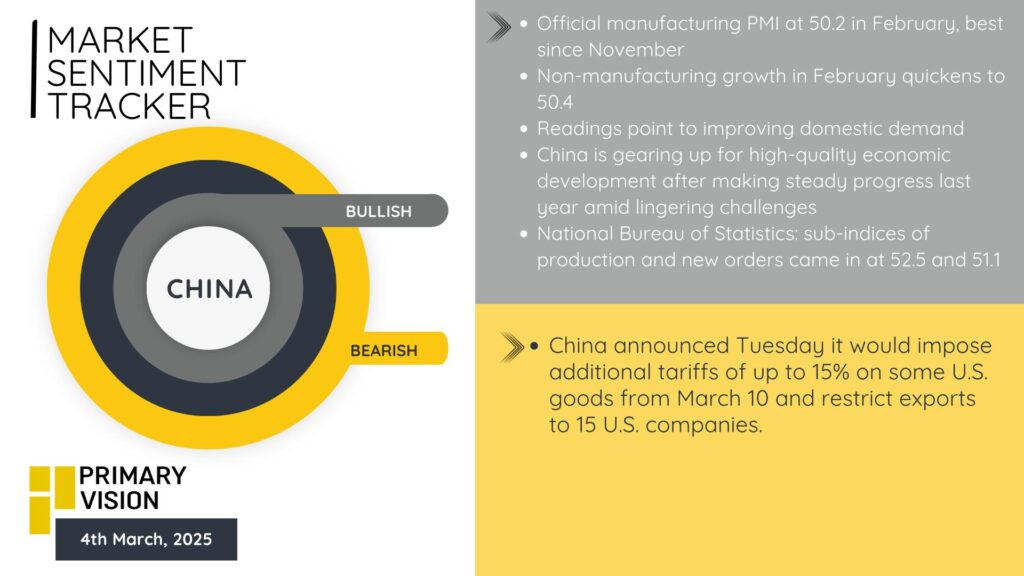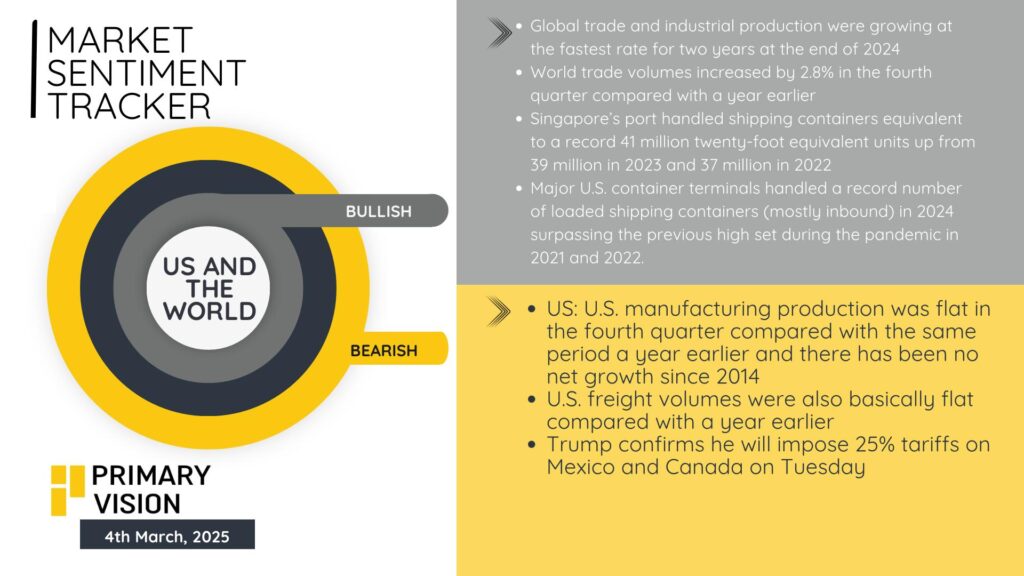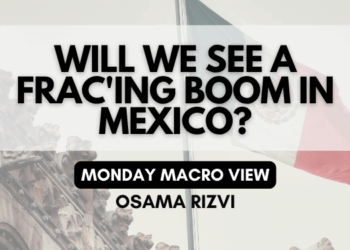Momentum is shifting across global markets, but the story isn’t the same everywhere. The Eurozone’s manufacturing sector is showing signs of stability, but job losses and weak consumer demand are keeping optimism in check. China’s economic activity is picking up, yet rising trade tensions with the U.S. could create new headwinds. Meanwhile, global trade and industrial output are running at their fastest pace in two years, but the U.S. faces stagnant manufacturing and fresh tariff risks. Here’s what’s moving markets this week.
Eurozone
The Eurozone’s manufacturing sector is still in contraction territory, but there’s a silver lining. The HCOB Manufacturing PMI climbed to 47.6 in February, its highest level in two years. The pace of decline in Germany, France, and Italy is slowing, and Ireland even posted an expansion—signs that the worst of the downturn may be over.

But that doesn’t mean the region is out of trouble. UK retail prices dropped 0.7% year-on-year in February, as retailers slashed prices to counter weak consumer demand. In Spain, unemployment is expected to rise to 45,200 from 38,700, underscoring ongoing labor market fragility. Job losses across the bloc hit a four-and-a-half-year high, while input costs climbed, adding pressure on businesses already struggling with tight margins. The manufacturing sector may be stabilizing, but household spending and labor market trends suggest the recovery still has plenty of obstacles ahead.
China
China’s economy is flashing signs of improvement, with the official manufacturing PMI rising to 50.2 in February—the highest since November—while non-manufacturing activity accelerated to 50.4. Domestic demand is strengthening, with new orders and production sub-indices climbing to 51.1 and 52.5, respectively. The government is doubling down on “high-quality” economic development, aiming for steady, controlled growth after a volatile 2024.

However, geopolitical tensions are heating up. China just announced additional tariffs of up to 15% on select U.S. goods starting March 10 and is restricting exports to 15 U.S. companies. This escalation could disrupt supply chains and add pressure to an already fragile global trade environment. While economic fundamentals are improving, retaliatory trade measures could dampen business confidence and derail China’s push for stability.
United States and the World
Global trade is booming, with industrial production and trade volumes growing at the fastest rate in two years. World trade volumes jumped 2.8% in Q4 2024 compared to a year earlier, and major ports are handling record container volumes. Singapore’s port moved an all-time high of 41 million TEUs, while U.S. container terminals surpassed their previous pandemic-era peaks. These numbers suggest global supply chains are operating at full speed, reflecting strong consumer demand and corporate restocking.

But the U.S. isn’t fully sharing in the momentum. Manufacturing production remained flat in Q4 2024 compared to the same period a year earlier, marking a decade of stagnation. Freight volumes are also flat year-on-year, hinting at sluggish domestic logistics demand. Adding to concerns, Trump confirmed he will impose a 25% tariff on Mexican and Canadian goods on Tuesday, reigniting trade uncertainties and potentially weighing on North American supply chains.
Our Market Sentiment Tracker has consistently shown that while things seem to be improving, some structural issue still remain. We do not expect a sudden turnaround of events where global economic recovery will stabilize. The road ahead will be bumpy with sharp downturns. Many are expecting a significant correction in the global stock markets as investors are avoiding tail-risks such as the re-appearance of inflation as Trump has finally confirmed tariffs against Mexico and Canada while China has further retaliated with increased tariffs. Let’s see where the macro-economic indicators go in the coming weeks but one can see the economic horizon full of dark clouds.













